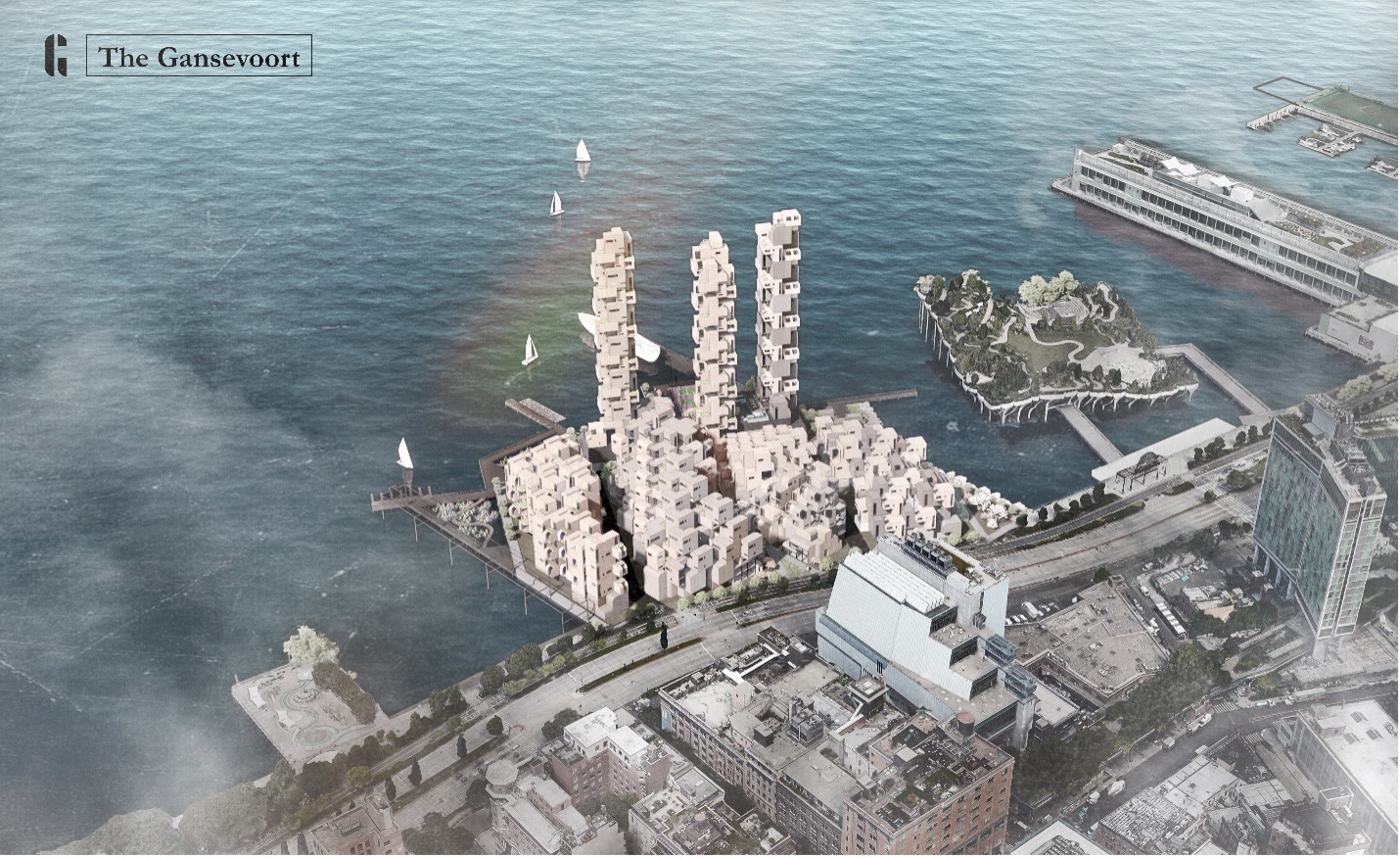Forever Young: How design must anticipate human longevity
Recent advances in healthcare have led to prospects of dramatic increase in life span, only a few medical breakthroughs away. This has resulted in a shift from healthcare as means to cure to a goal of achieving a constant state of well-being. This shift permeates across generations as young and old alike seek to enjoy a healthy life for longer, to be forever young.
The studio seeks to embrace this cultural and technological drive for a healthy life and explore its impacts, consequences, and possibilities for how we design.
Healthy life extension is a process where through medical and societal advances the effects of aging can be slowed to allow people to live longer and healthier lives. In 1841, a baby girl was expected to live to just 42 years of age. The average person born in 1960 was expected to live to 69 years of age. Today, the average life expectancy in the Western world is 79.5.
While advances in gene manipulation and anti-aging therapy may grab headlines and be the envy of the ultra-rich, the more basic and granular public health developments of improving environmental conditions, increased social welfare, and better education and economic status have a larger effect on people’s lives and are the more effective way to improve overall health across communities. This holistic focus on healthy living, whereby all aspects of our daily life have an impact on how well, and how long, our life is, can be seen as a shift away from a mentality of Cure to one of Care.
Relating to the built environment as a medical prognosis has been best manifested in architectural Modernism. From the concept of the City as a Disease to The City as a Cure, we often talk about the built environment as if it were a body. Post-COVID world, where our health-obsessed society became even more proficient in medical-biological syntax and processes, presents the opportunity to enhance the correlation between building and medical processes, which we will investigate further in the studio.
The studio wants to explore what the impact is of increased longevity on how we build and design for the long term. What will this mean for our planet’s finite resources? What new ways of living and set of life choices will be available with an extra dozens of years of life?
We embrace the myriad of technologies used to prolong healthy life, from the miraculous to the mundane, and want to see how they can fit into our ways of thinking about the built environment. Fundamentally, we want to project and imagine the possibilities created by the profound cultural and social shifts healthy life extension allows.
This studio is the third in a series of On Health GSD Option Design studios. On Health III (2022) will focus on design from the perspective of biological, mental and environmental longevity and will consider how design can prepare us for a better, longer life. We will focus on mixed-use inner-city typology and will speculate on design for longevity for people, nature and the built environment.
The studio will focus on strategies for mixed use, healthy and circular neighbourhood. The students will apply their research on health with spatial intervention in three scales – the body scale, a building scale and the urban scale.
The studio trip will be to Fire Island where we will look at built examples that translate healthy and communal lifestyle into healthy living by the sea. Looking at the local timber house as a prototype for healthy living will be then translated to an urban location – NYC pier on the Hudson.
The site of intervention will be located next to the new Google HQ on the Hudson River (Pier 53). The abandoned pier will offer opportunities to develop a healthy neighbourhood by the water for a multi-general community.
Projects
-

2023 Plimpton-Poorvu Design Prize, First Prize: “The Gansevoort: Design for Longevity”
Ben van Berkel and Dana Behrman, Instructors
Fall 2022